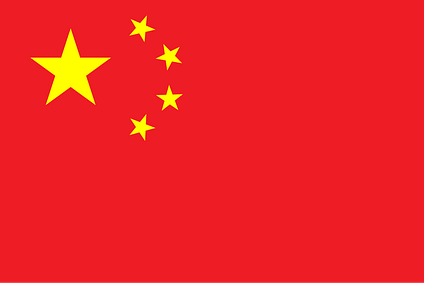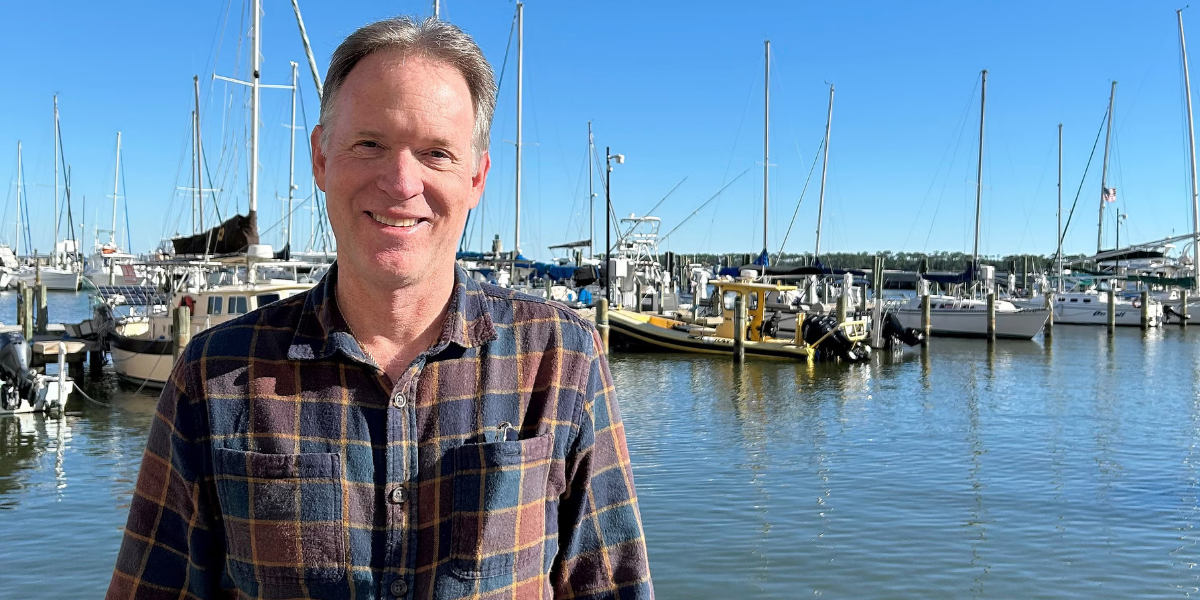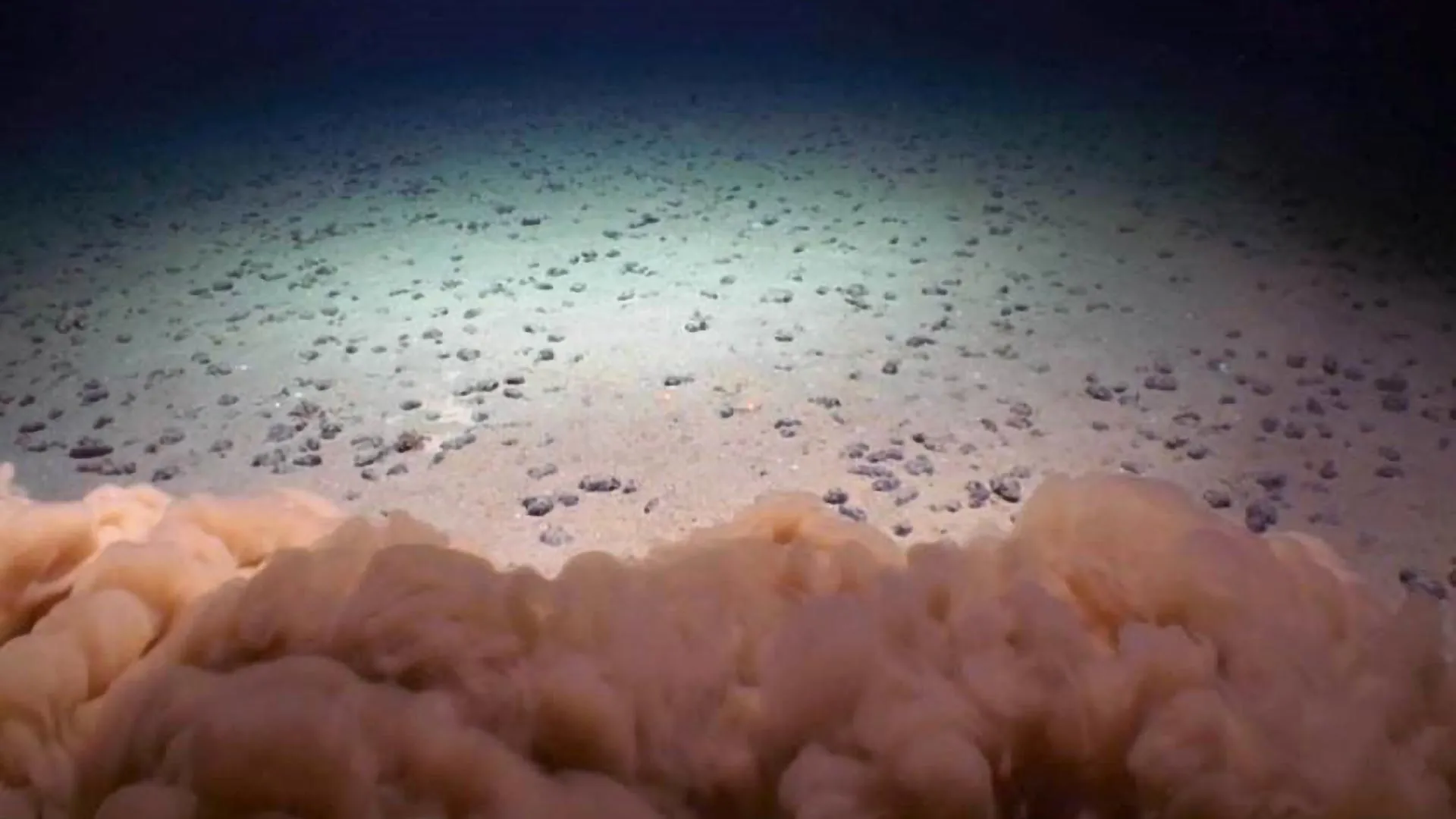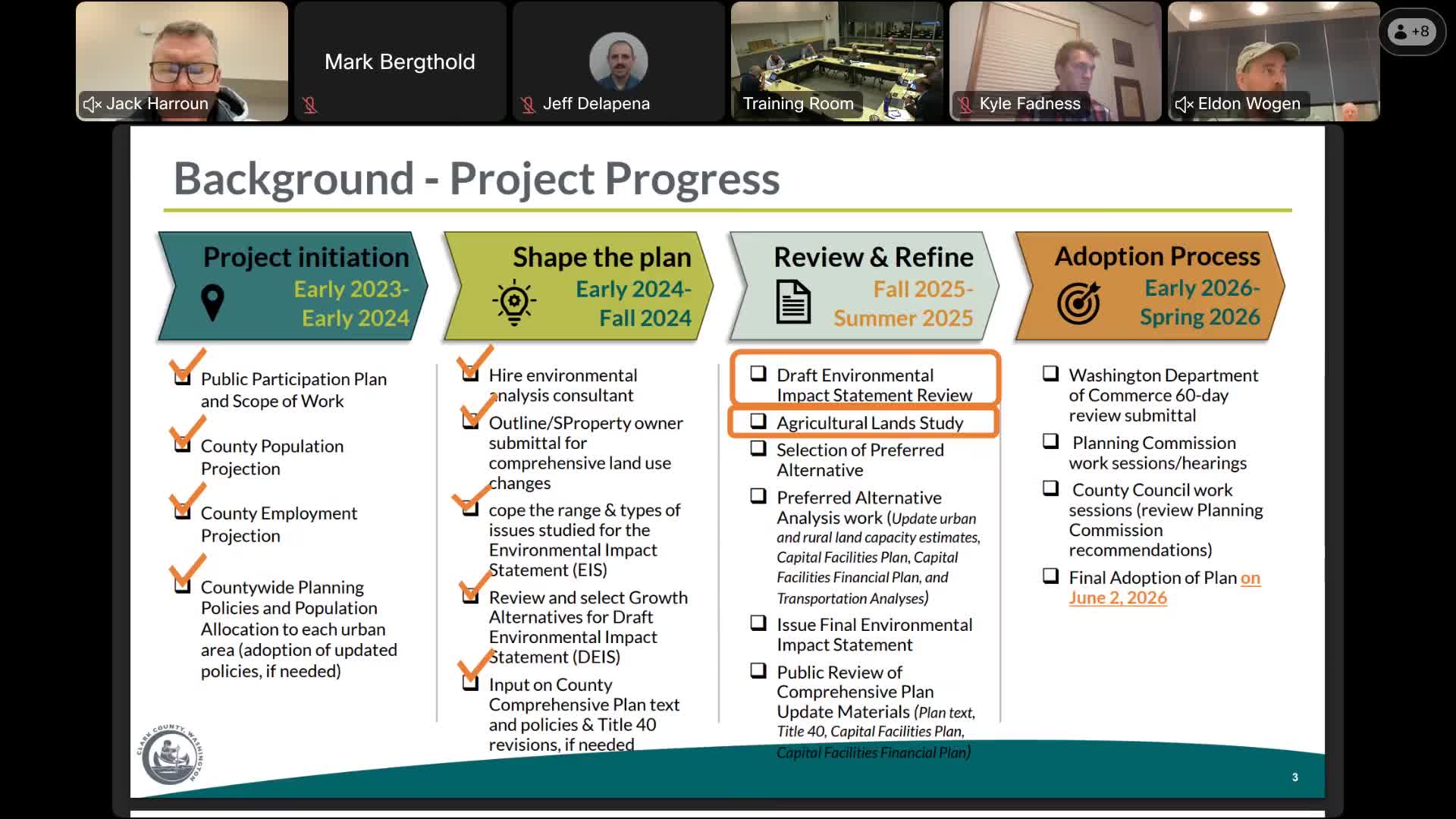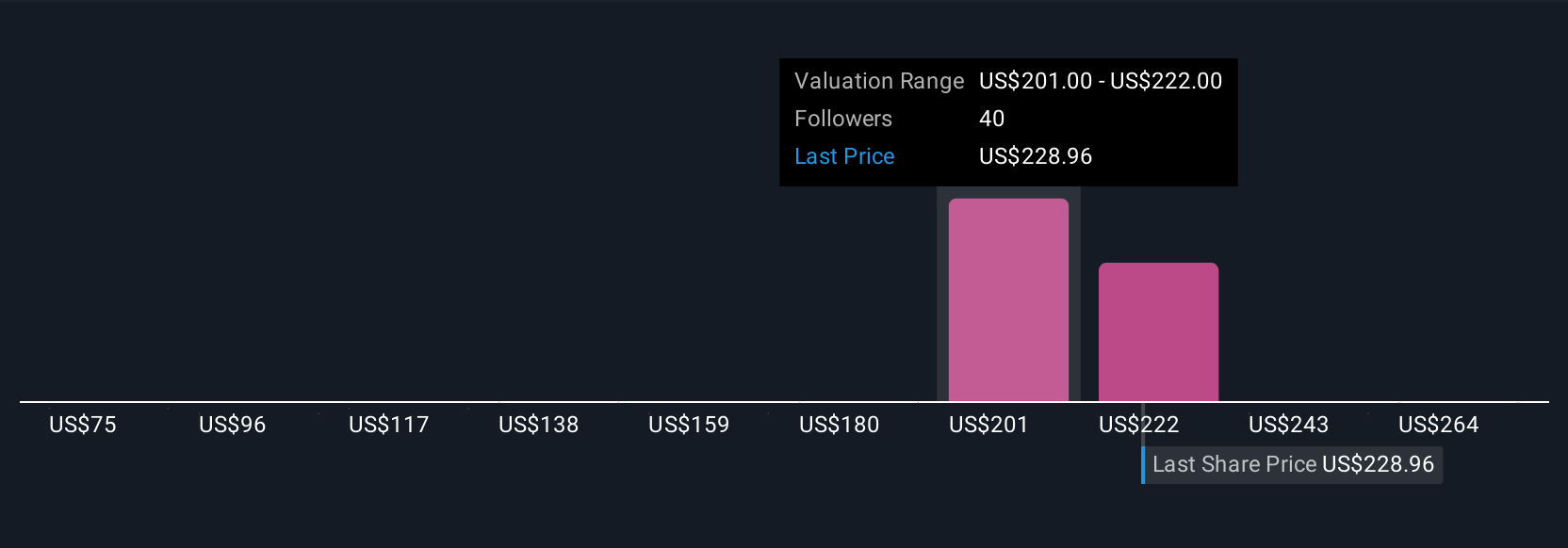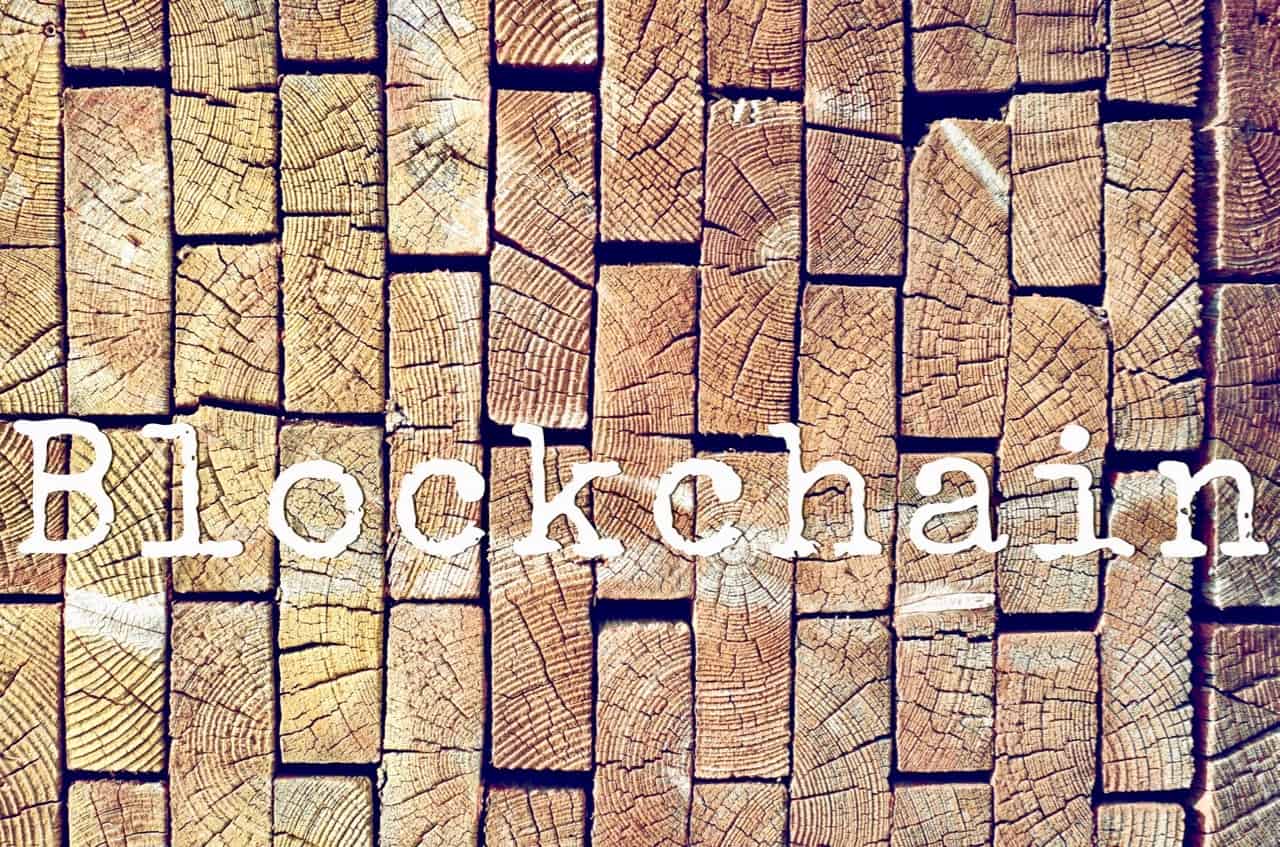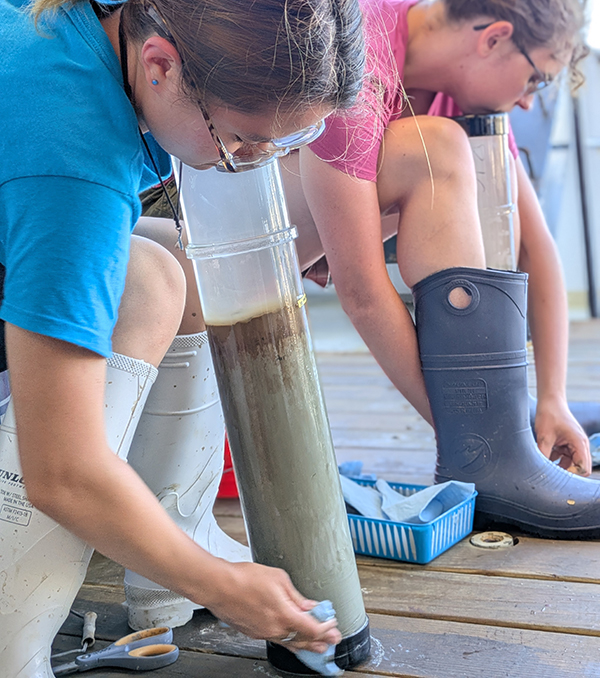Join us in the #EUBeachCleanup campaign 2025! – European Commission

Report on the #EUBeachCleanup Campaign Initiative
Executive Summary
The #EUBeachCleanup campaign represents a significant global initiative aimed at addressing the critical issue of marine pollution. Organized by the European Union in partnership with the United Nations, the campaign directly supports the achievement of the United Nations’ Sustainable Development Goals (SDGs), particularly those focused on environmental preservation and global cooperation. The initiative mobilizes institutions, non-governmental organizations (NGOs), and private citizens to participate in clean-up events, raising awareness and fostering action against marine debris.
Alignment with Sustainable Development Goals (SDG)
The campaign’s objectives and activities are fundamentally aligned with the 2030 Agenda for Sustainable Development. The primary contributions are concentrated in the following areas:
- SDG 14: Life Below Water: The core mission of the campaign is to conserve and sustainably use marine resources. By organizing clean-ups, the initiative directly tackles Target 14.1, which aims to prevent and significantly reduce marine pollution of all kinds. The campaign highlights the severe threat posed by plastic waste, with projections estimating that up to 37 million tonnes will enter the ocean annually by 2040, thereby underscoring the urgency of protecting marine life.
- SDG 17: Partnerships for the Goals: The campaign is a model of a multi-stakeholder partnership. The collaboration between the European Union, the United Nations, EU Delegations, Europe Direct Centres, NGOs, and citizen volunteers exemplifies the cooperative approach required to address complex global challenges like ocean pollution.
- SDG 12: Responsible Consumption and Production: By focusing on the consequences of waste, the #EUBeachCleanup campaign promotes public awareness of consumption habits and their environmental impact. It encourages a shift towards more sustainable patterns of production and consumption to reduce waste generation at its source.
- SDG 11: Sustainable Cities and Communities: The initiative contributes to creating cleaner, safer, and more sustainable coastal communities by removing harmful waste from public spaces and protecting local ecosystems.
Campaign Scope and Performance Metrics
The campaign has demonstrated significant global reach and engagement. The performance data from the 2024 campaign cycle provides a clear indicator of its impact:
- Countries Participating: 53
- Total Events Organized: 367
- Total Volunteers Engaged: 12,270
Participation and Procedural Framework
Guidelines for Engagement
Participation in the campaign is open to all interested organizations and individuals. The process for engagement is structured as follows:
- Organize an Event: Stakeholders are encouraged to organize a clean-up event in their local area.
- Register the Event: All events must be officially registered via the European Commission’s EUSurvey platform to be included in the campaign roster.
- Promote and Report: Participants should utilize the official hashtag, #EUBeachCleanup, on social media platforms (X, Facebook, Instagram) to document and promote their activities.
Campaign Timeline
The campaign operates annually, concluding in October. A period of intensified activity is scheduled to coincide with World Clean-up Day on September 20, 2025.
Analysis of SDGs, Targets, and Indicators
1. Which SDGs are addressed or connected to the issues highlighted in the article?
-
SDG 14: Life Below Water
This is the most direct SDG addressed. The article’s central theme is the “#EUBeachCleanup Campaign,” which aims to combat “marine pollution” and protect “marine life” from the threat of plastic waste. The text explicitly states that “up to 37 million tonnes of plastic waste will reach the ocean annually by 2040, greatly endangering marine life,” directly connecting the campaign’s activities to the conservation of oceans and seas.
-
SDG 17: Partnerships for the Goals
The article highlights the collaborative nature of the campaign. It is described as being “organised by the European Union in partnership with the United Nations, and with the friendly collaboration of the Smurfs.” Furthermore, it calls for clean-up events to be “organised by institutions (EU Delegations and Representations, Europe Direct Centres, United Nations Regional Offices, etc.), NGOs, and citizens,” which exemplifies the multi-stakeholder partnerships essential for achieving the SDGs.
-
SDG 12: Responsible Consumption and Production
While the primary action is cleaning up, a key goal of the campaign is to “raise awareness about marine pollution, and how our habits impact our ocean.” This educational component aims to influence behavior towards more sustainable consumption patterns and reduce waste generation at its source, which is a core principle of SDG 12.
2. What specific targets under those SDGs can be identified based on the article’s content?
-
Target 14.1: Reduce Marine Pollution
This target aims to “prevent and significantly reduce marine pollution of all kinds, in particular from land-based activities, including marine debris.” The article’s focus on organizing “clean-up events” to remove plastic waste from beaches directly addresses the problem of marine debris originating from land-based activities.
-
Target 17.17: Encourage Effective Partnerships
This target is to “Encourage and promote effective public, public-private and civil society partnerships.” The campaign is a clear example of this, involving a partnership between intergovernmental organizations (EU, UN), and encouraging participation from NGOs and individual citizens to achieve a common goal.
-
Target 12.8: Promote Awareness for Sustainable Lifestyles
This target seeks to “ensure that people everywhere have the relevant information and awareness for sustainable development and lifestyles in harmony with nature.” The article states that a key objective of the campaign is to “raise awareness about marine pollution,” directly contributing to this target by educating the public on the environmental impact of their habits.
3. Are there any indicators mentioned or implied in the article that can be used to measure progress towards the identified targets?
-
Indicators for Partnership and Engagement (Target 17.17)
The article provides specific metrics that serve as direct indicators of the scale and reach of the partnership and citizen engagement. These include:
- Number of events organised: “In 2024, 367 events were organised”
- Number of countries involved: “…in 53 countries”
- Number of volunteers participating: “…involving 12 270 volunteers.”
- Social media engagement: The encouragement to “use the hashtag #EUBeachCleanup” implies that the use and reach of this hashtag can be tracked as an indicator of awareness and participation.
-
Indicators for Marine Pollution (Target 14.1)
While the article does not state the total tonnage of waste collected, it provides a baseline indicator of the problem’s scale:
- Projected plastic waste: “it is estimated that up to 37 million tonnes of plastic waste will reach the ocean annually by 2040.”
- Amount of waste collected: This is an implied indicator. As the campaign consists of “clean-up events,” the total weight or volume of marine debris removed from the beaches would be a primary indicator of the campaign’s direct impact on reducing pollution.
4. Summary Table of SDGs, Targets, and Indicators
| SDGs | Targets | Indicators Identified in the Article |
|---|---|---|
| SDG 14: Life Below Water | Target 14.1: By 2025, prevent and significantly reduce marine pollution of all kinds, in particular from land-based activities, including marine debris. |
|
| SDG 17: Partnerships for the Goals | Target 17.17: Encourage and promote effective public, public-private and civil society partnerships. |
|
| SDG 12: Responsible Consumption and Production | Target 12.8: By 2030, ensure that people everywhere have the relevant information and awareness for sustainable development and lifestyles. |
|
Source: oceans-and-fisheries.ec.europa.eu

What is Your Reaction?
 Like
0
Like
0
 Dislike
0
Dislike
0
 Love
0
Love
0
 Funny
0
Funny
0
 Angry
0
Angry
0
 Sad
0
Sad
0
 Wow
0
Wow
0






























